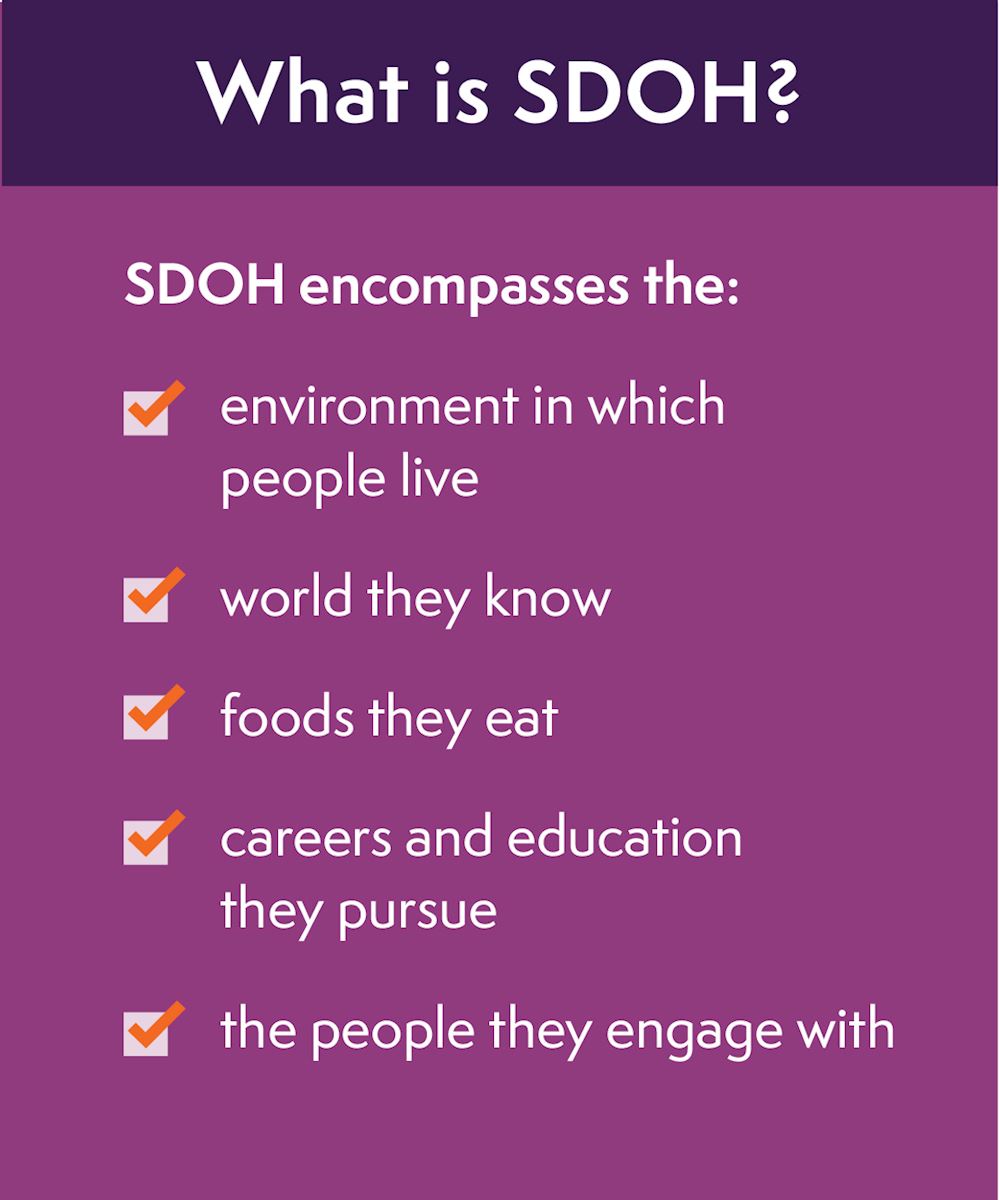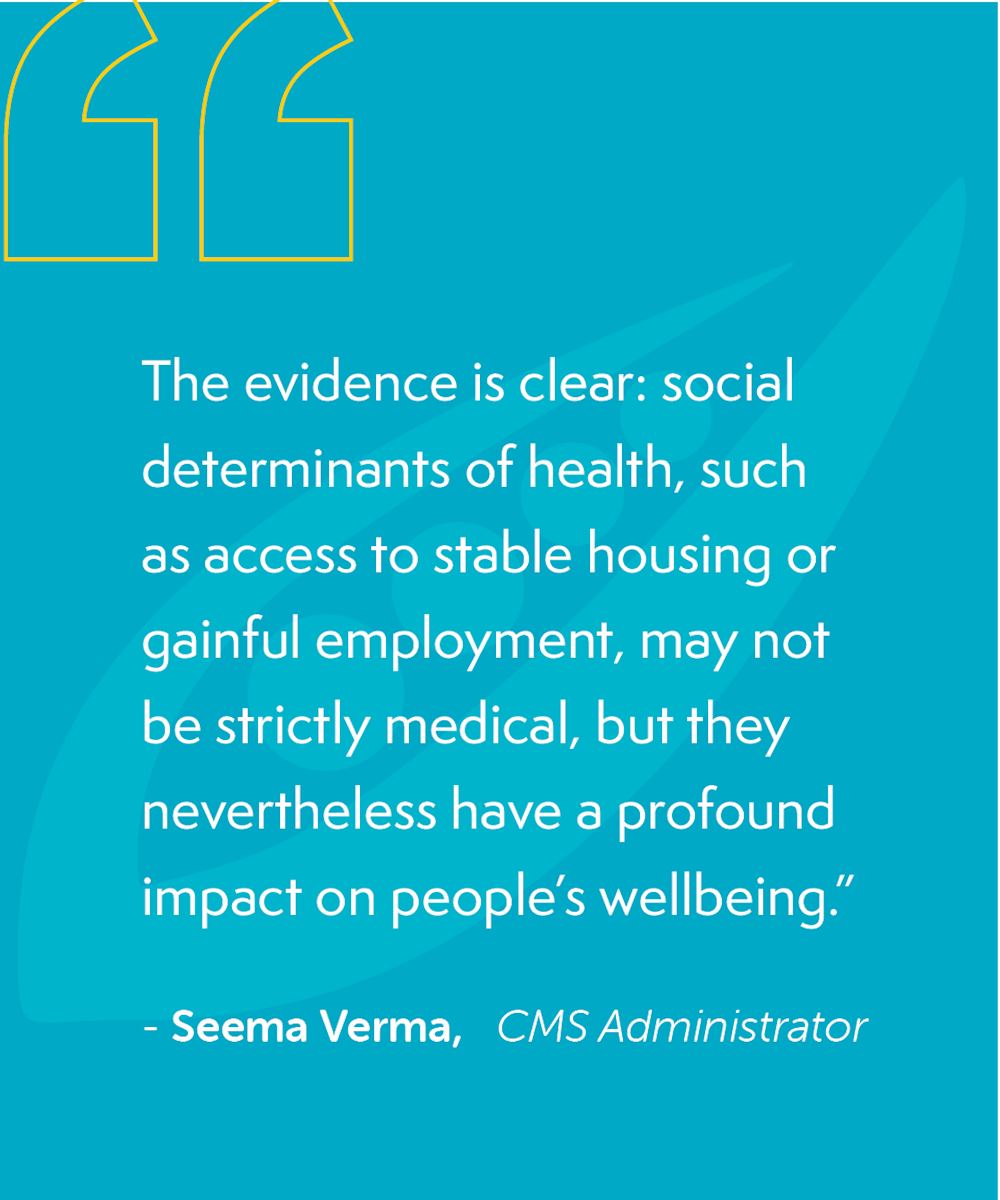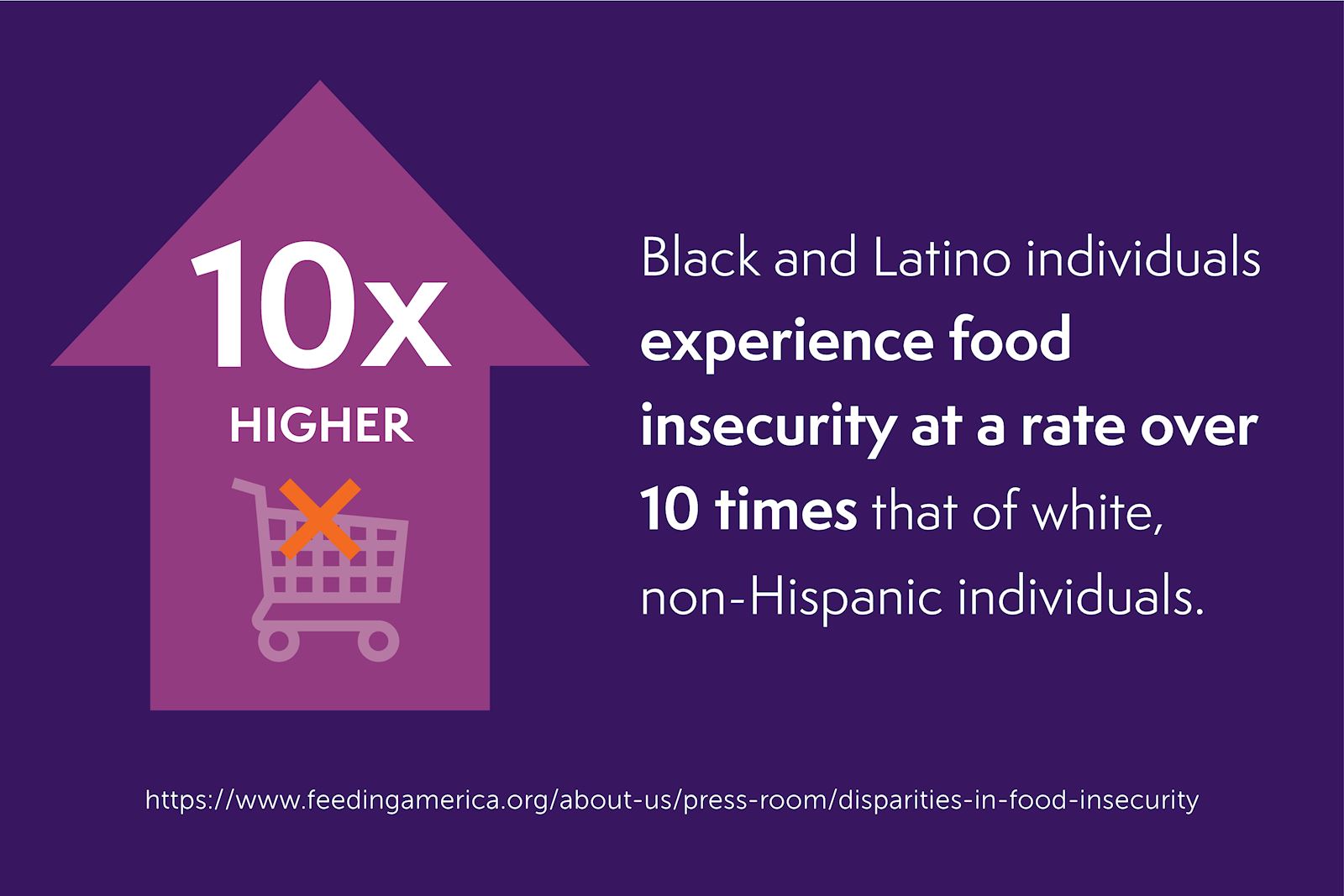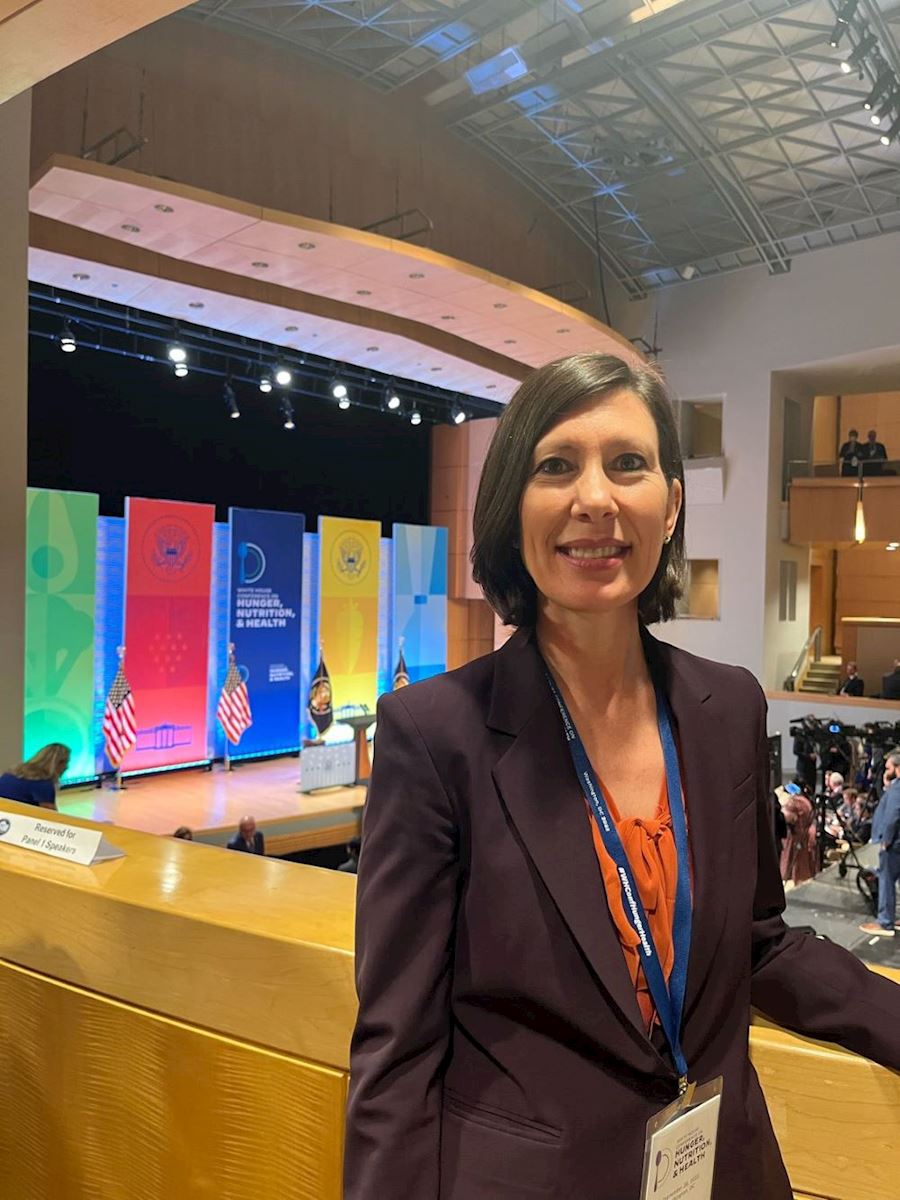What’s rooted in 19th-century thinking and was shaped by global forces? It’s one of the most important movements in health care — social determinants of health (SDOH).
Spurred by historic forces
The groundwork for how we approach SDOH today can be traced to the early 19th century as a response to the Industrial Revolution when society saw significant increases in disease and poverty. At that point, the scientific community began to explore the roots of disease not in just the biological realm, but the social as well.
Rudolf Virchow, a German physician known for his work in pathology, social medicine and forensics, wrote one day following an 1840s typhus epidemic: “If medicine is to fulfill her great task, then she must enter the political and social life. Do we not always find the diseases of the populace traceable to defects in society?” Thinking like Virchow’s and others soon laid the groundwork for social medicine, a scientific field that is closely associated with the efforts of public health.

Ideas in the arena of social medicine began to emerge and evolve over time, and became a global focus in 1948 when the World Health Organization (WHO) — newly formed in response to public health and humanitarian challenges following World War II — finalized a constitution that defined health as “a state of complete physical, mental and social well-being.” Note the use of “social.”
However, the Cold War soon followed, and a number of political challenges occurred that, while not outright rejecting the WHO’s vision, at least slowed down the widespread adoption of public health measures focused on social determinants. As the Soviet Union withdrew from the United Nations in 1949, so too did its involvement in the WHO diminish, giving the U.S. more influence over the emerging organization.
The U.S., wary of the ideological implications of a “social” approach to health in the age of the Red Scare, did not appear to embrace the role of community in the health care continuum until several decades later, and instead focused more on technological advancements and innovations in a clinical setting.
Shaped by global influences
Despite resistance from the U.S., stories of successful community-based initiatives began to emerge from developing nations in East Asia and Latin America, where high tech resources and infrastructure were not as readily available to large portions of the population.
For example, 1960s China saw the rise of “Barefoot Doctors,” which were village-level health workers who brought health care to a more rural setting instead of urbanized population centers. They stressed self-reliance and prevention and helped demonstrate how a social approach in medicine — where all the patients’ needs are identified and met instead of treating a select few symptoms — could be not only advantageous, but also cost-effective.
This approach became more clearly defined following the International Conference on Primary Health Care, sponsored by WHO and UNICEF at Alma-Ata, Kazakhstan, in September 1978, when WHO Director-General Halfdan Mahler famously declared “Health for All by the Year 2000,” with a focus on primary health care (PHC) at the heart of that goal.
This new philosophy reinforced the idea that PHC applied not just to immediate health needs but also required the coordination of other sections such as food, education, housing, public works and others.
However, many governments, agencies and individuals found the Alma-Ata declaration unrealistic and unattainable, and found resistance especially from those who believe in a market-based approach to health. Some began to propose an alternative called “selective PHC,” which adopts the same community-level philosophy but focuses more on a small handful of key interventions linked to specific and timely public health goals (like vaccination or a maternal health campaign) rather than the broad, holistic view of health and its determinants adopted at Alma-Ata.
The two schools of thought continued with no clear “leader” until macroeconomic policies once again shifted the course of public health. By the 1990s, the WHO’s political and financial capital waned in comparison to that of the World Bank — an organization which, at the time, lent to the health sector a figure greater than the WHO’s entire budget.
SDOH goes mainstream

Under new leadership, in 2002 the WHO established the Commission on Macroeconomics and Health (CMH), which used insight from economics experts to help quantify the impact of SDOH in terms of dollars and cents. It helped more or less tether the previously lofty ideals of “Health for All by the Year 2000” to a more grounded set of goals and objectives, making it easier for policymakers to entertain the idea that SDOH can — and should — be part of any public health discussion.
Ever since, the health care community in the United States has steadily incorporated the spirit of SDOH-centered care into their strategic philosophy.
Political disagreements over the nature and future of publicly funded health care had somewhat stalled health care policy innovation in the 2010s until the onset of the COVID-19 pandemic in 2020. Lockdowns, high health care resource demand, and social distancing introduced a “perfect storm” of challenges that rocked the health care community to its core.
SDOH became such a focus area during the pandemic that the Centers for Medicare & Medicaid Services (CMS) issued a “roadmap” designed to help states address SDOH in order to “improve outcomes, lower costs, and support state value-based care strategies.”
Updating SDOH with health equity
Today, SDOH is often brought up in discussions related to health equity, or the goal of equal access to health resources for all, thanks in large part to a renewed focus on social issues and historic inequities. The public and private sectors are increasingly focusing on finding concrete, measurable objectives for SDOH as part of many policies and campaigns.
CMS framework for health equity
Lack of access to care is another example of societal inequity. There are fewer clinical, doctors’ offices and hospitals in poor or rural areas. In late 2022, CMS released the CMS Framework for Health Equity 2022-2032, a ten-year plan that creates a framework for improvement for the government, health care plans and providers, and community organizations. It’s organized around five health equity priorities with Priority 2 as: Assess causes of disparities within CMS programs and address inequities in policies and operations to close gaps.
As part of the Priority 2 plan, CMS is committing to taking a “whole person view when investing in appropriate, targeted health equity interventions.” One way to support CMS Priority 2 and take a whole person approach to improving access to nutritious food — particularly for populations with chronic medical conditions — is through medically tailored, home-delivered meals.
Health plans taking steps toward health equity
Many health plans and organizations are already taking or are starting to take steps toward health equity. They’ve recognized that SDOH — the factors that drive inequities in health care that CMS is targeting — are the foundation of providing whole-person care. For example, CMS is now requiring that all Special Needs Plans screen for SDOH, including food insecurity.
Food insecurity and SDOH
Lack of access to nutritious foods leads to higher-rates of diet-related disease. This is a prime example of a societal inequity that leads to a health disparity which ultimately affects the quality of life, health outcomes and lifespans for individuals. Decades of research connects food insecurity with poor health outcomes and shows that clear disparities in diet quality exist by race, ethnicity, geography and socioeconomic status.
Improving access to healthier food is critical. Making nutritious options more available, especially to food insecure populations including people in low-income neighborhoods, urban rural areas, and to senior citizens, is the first step in making it easier for people to choose them.
Mom's Meals® can help

Access to nutritious food is a central SDOH. Mom’s Meals is committed to addressing SDOH and health equity through our home-delivered meals.
Download our white paper, Innovating to Overcome Food Insecurity to find out how states are taking new approaches to achieve better outcomes when addressing food insecurity.
.jpg)


